2024 Subaru Outback vs Mitsubishi Outlander
We compare the Subaru Outback’s station-wagon inspired design to the Mitsubishi Outlander to find out which is the best choice for your family.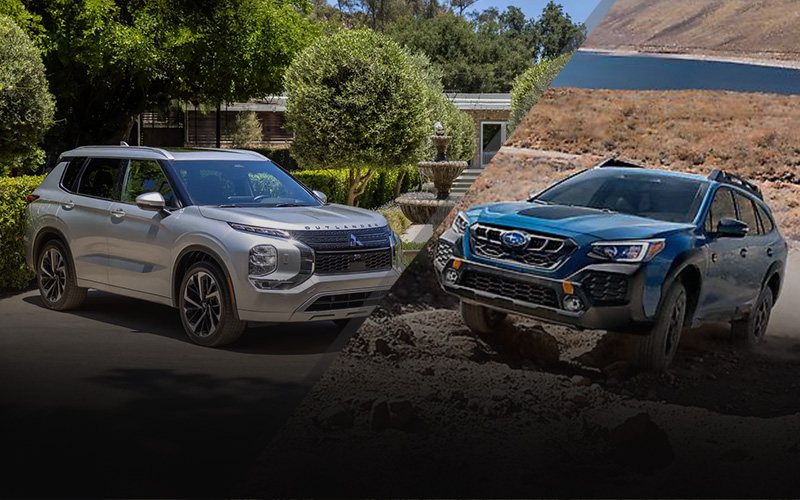
A Sporty Wagon vs the Suburban Go-To
Does anyone else remember what the Subaru Outback used to be? We sure do, but today’s crossover SUV-focused Outback is so far removed from its humble station wagon ancestors that they’re practically two different genomes. What that means is that nowadays, the Outback finds itself in competition with vehicles it wouldn’t dare be compared to 25 years ago. One such example? That’d be the Mitsubishi Outlander.
That’s right, by virtue of their price points and relative interior and exterior space, these two machines, once radically different from each other, are now fighting for the same market share. So then, let’s put the two side by side and see whether the wagon turned crossover or the true-to-form crossover since its inception is the choice that’s right for your family. As we’ll see, the difference in where the two designs originate plays a vital role in the end products these two crossovers have become.
Specs
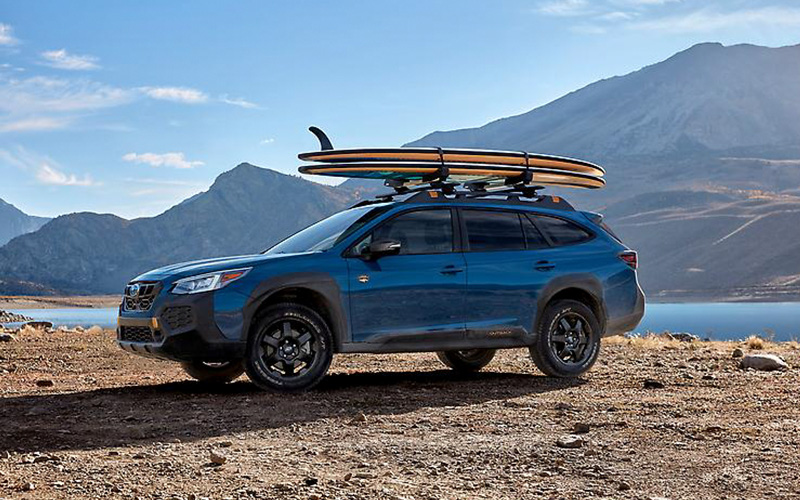
With dimensions of 191.9 inches long and 74.2 inches wide, a 2025 Outback is a full foot longer, give or take, than when its station wagon forbearers made the model a household name a quarter century ago. It’s roughly a foot wider as well, owing to its bizarre yet undeniably trend-following transition into the crossover class of SUVs. At 185.4 inches long in its own right, the Outback is actually a touch longer than the Outlander. Even so, the wagon roots of the Outback still influence the platform enough to look radically different than its Mitsubishi counterpart, or any other SUV for that matter.
Opinions on aesthetics may change when the 2025 Outlander’s mid-life refresh drops early next year. But for now, it’s clear Mitsubishi and Subaru chose equally bold and stately designs for their respective mid-size SUVs with two entirely different vibes. As far as drivetrain and interior features go, both vehicles once again find very different ways of obtaining relatively on-par results. Starting with the Outback, you’re definitely not strapped for choice when it comes to different trim packages.
Trims
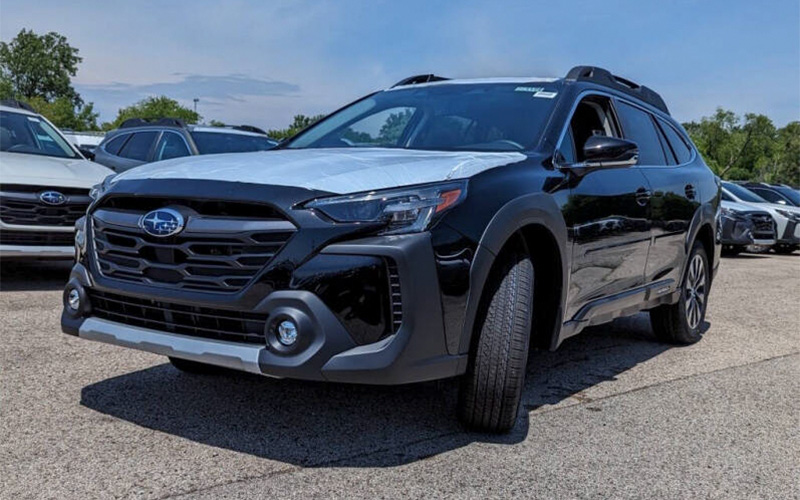
A total of nine different trims starting at $28,895 for the base model and up to $42,795 for the range-topping Touring XT means there’s a lot of data and numbers to sift through. Still, it means there’s a level of variety in the lineup that isn’t always a given. Even in the base trim, you get interesting trinkets like LED fog lights and steering-responsive front headlights. An interior stack of two central seven-inch capacitive screens in the base model, compatible with Android Auto and iOS Car Play, is a clever and remarkably Subaru-feeling solution.
Up-trimmed Outbacks starting with the $31,195 Premium package net an 11.6-inch center display. Whether the consumer prefers either of these systems over the giant slabs of glass native to other crossovers and mid-size SUVs will be up to the individual. Still, it does feel distinctly Subaru in a way that extends to the rest of the cabin. Plus, leather seats become standard, starting with the Limited trim but skipping the Onyx, Onyx XT, and the off-road-focused Wilderness trim, priced at $36,105, $39,360, and $39,960 respectively, which net their own StarTex weather-resistant seat coverings. Meanwhile, the Premium trim is the entry point for the power tilting and sliding moonroof as an optional extra, as well as the Dual-zone climate control.
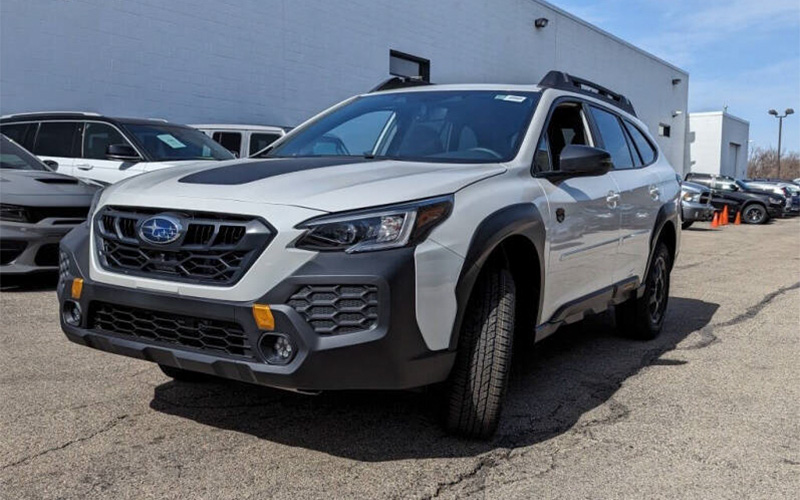
Regardless of the trim, all 2025 Outbacks net Subaru’s EyeSight suite of computer driver assistants with helpful features like adaptive cruise control, lane departure warning, and collision-mitigating automatic braking to make for a vehicle as safe as the Subaru brand’s reputation expects it to be. Add on classy 18-inch wheels starting with the Onyx trim and skipping the Wilderness trim, plus a power liftgate standard on the starting with this same trim, and the plucky Outback is far removed from the spartan interior it used to maintain as well.
Over on the Mitsubishi side, you have nearly as much variety in Outlander trim packages as Subaru. Just $28,395 nets you a base model ES, complete with 18-inch alloy wheels and an eight-inch Smartphone-link Display Audio touchscreen with Android Auto connectivity, plus Mitsubishi’s own suite of MI-PILOT driver assistance features that include blind spot warning, lane change assist, and forward collision mitigation with pedestrian avoidance features. Moving up the range, the SE trim is the entry point for tasty-looking 20-inch rims, LED fog lights, and the power liftgate.

It is also the entry point for the larger nine-inch infotainment display and synthetic leather suede seat coverings native to just the ES trim and its companion, the SE Tech, at $31,445 and $33,745, respectively. Only at the SEL, SEL Touring, and SEL Premium trim package do you net plush leather seats front and rear, plus the range-topping 12.3-inch driver display and the eight-way adjustable power seat with memory functions. The SEL Black edition maintains all these qualities, plus blacked-out interior and exterior trim pieces that give the vehicle a much more menacing look.
At the high end with the Outlander Platinum edition, extra goodies include a Black Diamond paint job and Alloy Silver Metallic roof that makes for a delightful two-tone look unique to this trim package, plus the trim-exclusive front badge and standard LED interior lighting package for $40,845. Plus, for the folks who remember what the Mitsubishi brand used to be like, the Outlander Ralliart calls back to the company’s days as a rally racing powerhouse with aggressive branded mud flaps, floor mats, side trim pieces, funky graphics, and an enlarged Ralliart rear spoiler starting at $36,445. All in all, the Subaru Outback and Mitsubishi Outlander have eerily similar price points and levels of features.
Driving and Performance
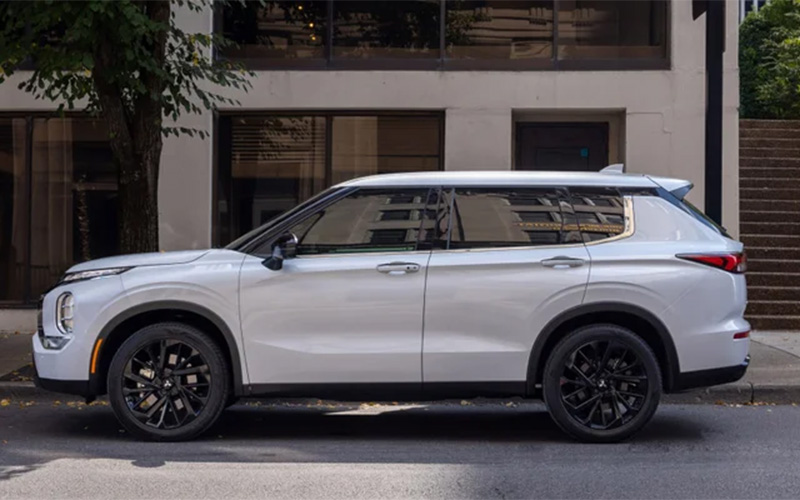
Since both vehicles have such similar prices and features, factors like the driving experience and practicality are going to be the primary lynchpins that make one model a more desirable option for the average family most likely to need a vehicle of this size. In that regard, Subaru might have a slight leg up. Unlike the Outlander, which comes in both front and all-wheel-drive flavors, all 2025 Outbacks feature Subaru’s iconic all-wheel-drive system, as nearly all Subies have for almost the last three decades.
Not that either of these machines is exactly sporty. But there’s the sense that the 2.5-liter naturally aspirated flat-four engine in lower-trimmed Outbacks is almost directly on par with the 2.5-liter inline-four engine native to the Outlander. This works out to 181 horsepower for the Outlander and 182 for lower-trimmed Outbacks. Only starting with the Onyx XT onwards are you blessed with a 2.4-liter turbocharged flat-four engine with 260 horsepower and the Lineartronic CVT transaxial native to every Outback trim.
With fuel economy of 32 and 26 MPGs on the highway and in the city for non-XT models and 29 and 22 MPGs for the turbo, the comparison between the 24 mpg in the city and 30 on the highway means your fuel bills won’t be the end of the world each month regardless of which you chose.
Comfort and Interior
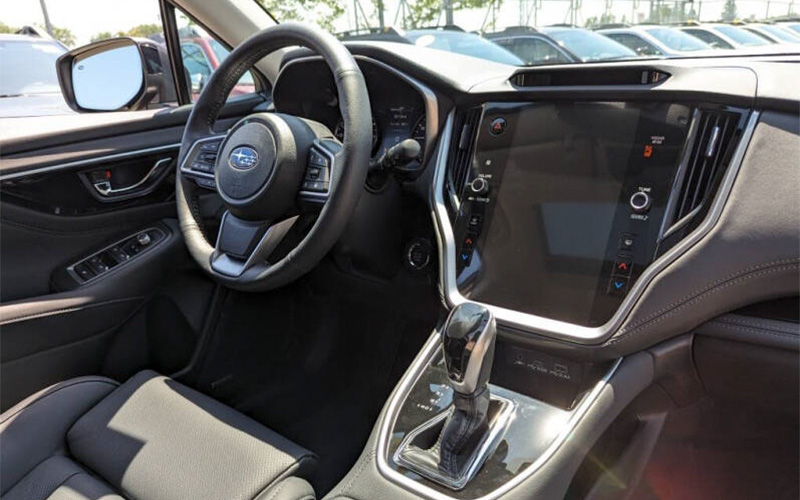
If practicality is the name of the game, then the Outlander just barely manages to eke out an advantage over the Outback by virtue of its admittedly sparse third row of seating. Though limited legroom and headroom make these seats unsuitable for adults, families with very small children who occasionally have to haul their friends around might see this third row come good in a hurry.
But believe it or not, it’s actually the Outback that boasts more interior cargo space between the two, 75.6 cubic feet with the passenger compartment included, compared to 64.3 in the Outlander, as if to make the choice between the two just that little bit harder. Though their historical origins might be worlds apart, it’s frankly astonishing just how similar the specs and performance of these radically different mid-size SUVs are. Ultimately, the choice between the two will come down to strictly subjective factors related to exterior styling and the use cases for each individual buyer.
The Verdict

Do you live in a rural community with a dirt or gravel road for a driveway? Then the Outback, with its world-class all-wheel-drive system and low-slung proportions compared to other mid-size SUVs, will cure what ails you. But if you’re a suburbanite through and through who drives five minutes back and forth to work every day and drops the kids off at summer camp while occasionally driving the kids plus one friend to the amusement park? Well, the Outlander, with its meager but useful third-row seating, might be better suited to your lifestyle.
If there was a single item we could say puts the Outlander over the Outback, it can be argued its five-year, 60,000-mile bumper-to-bumper warranty plus 100,000-mile powertrain warranty beats out the three-year, 36,000-mile basic warranty and 60,000-mile powertrain warranty found with the Outback. Will it make a difference at the dealership? It’s bound to be a toss-up for each customer. But one thing’s for sure, you’re bound to be satisfied with your choice, regardless of which vehicle you prefer over the other. You can’t say that about too many other head-to-head comparisons.


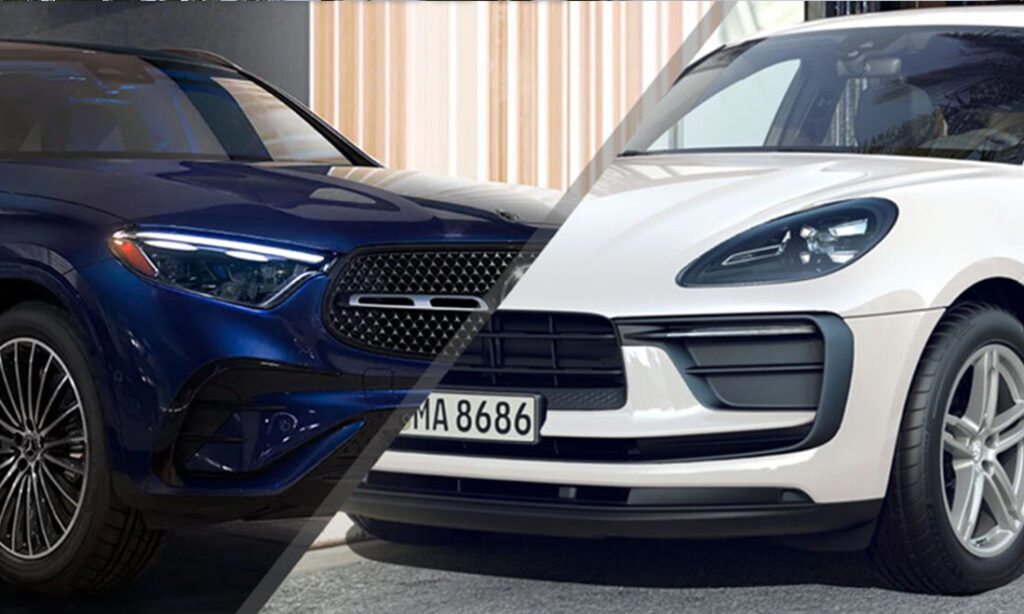
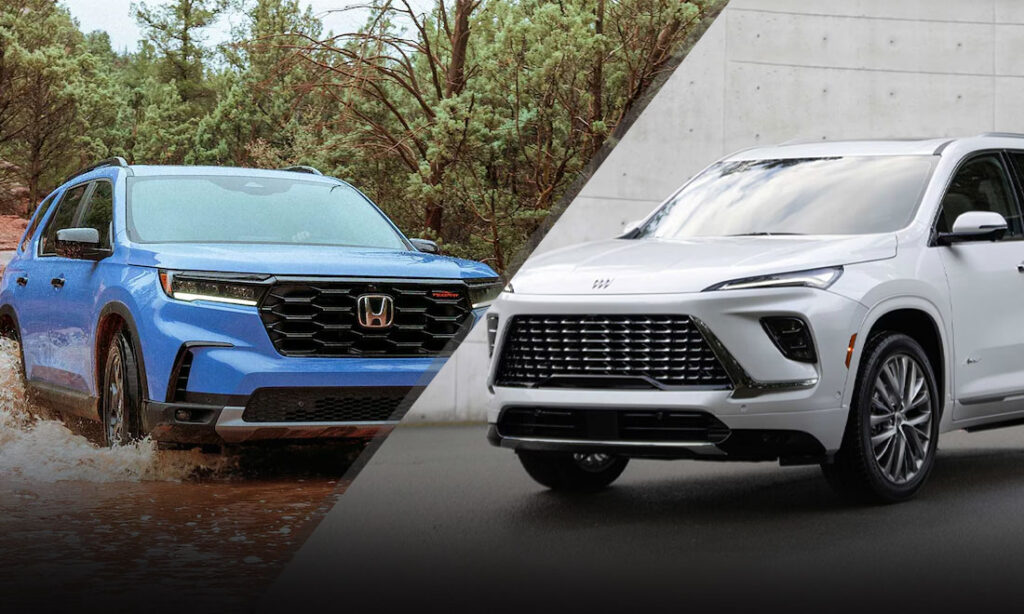
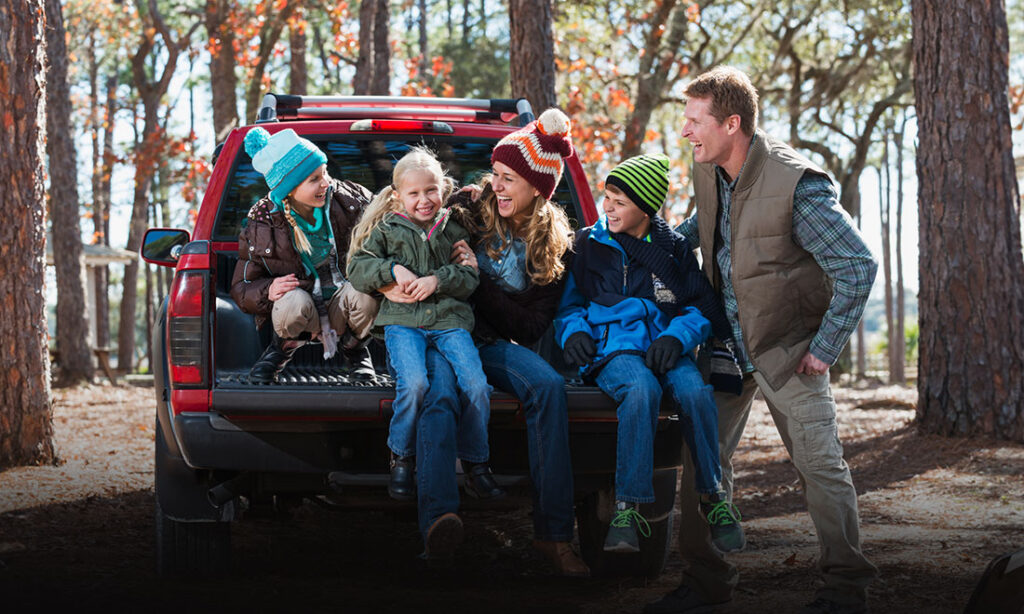
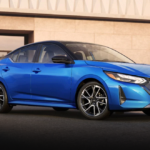
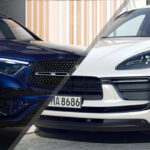
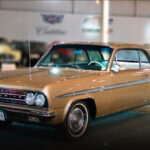

I bought a really nice car from these guys and they was kind and help me and every type of way I think other people should go to these people and get a car cuz they are wonderful